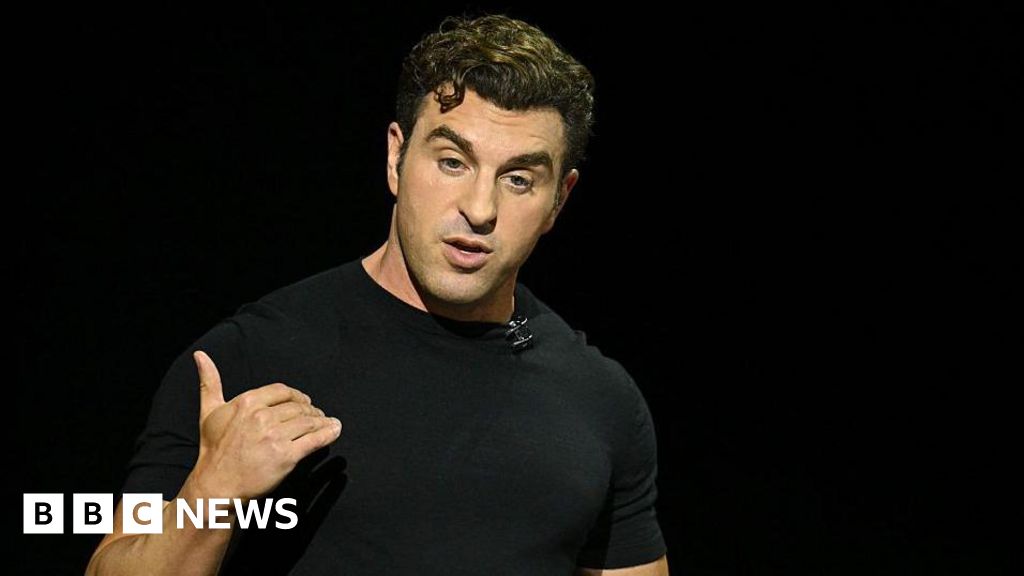Unlock the Editor’s Digest for free
Roula Khalaf, Editor of the FT, selects her favourite stories in this weekly newsletter.
An Israeli air strike near a school in the southern Gaza Strip killed about 30 people, mostly civilians sheltering at the facility, according to authorities in the Hamas-controlled enclave. Dozens more were injured.
The Israeli military confirmed that it targeted a Hamas militant who it said was “adjacent” to al-Awda school east of the city of Khan Younis late on Tuesday, and said it was “looking into the reports that civilians were harmed”.
“The incident is under review,” the Israeli military added, emphasising that the target of the strike was a Hamas operative who had taken part in the group’s October 7 cross-border attack from Gaza that sparked the war, now entering its 10th month.
Video footage from the scene taken by Palestinian civilians showed a football game in the schoolyard interrupted by a loud boom, and onlookers rushing to the gates to find bodies and injured people strewn on the ground.
The air strike came as Israeli forces continued ground operations in other parts of the territory, including a renewed offensive in several neighbourhoods of Gaza City and the Shejaiya district in the north of the coastal enclave, as well as the southern city of Rafah bordering Egypt.
On Wednesday, the Israeli military urged all Palestinians remaining in Gaza City, thought to be tens of thousands of people, to evacuate southward to the central areas of the strip. The enclave’s capital had borne the brunt of Israel’s initial assault late last year, with much of it reduced to rubble.
“Gaza City will remain a dangerous combat zone,” Avichay Adraee, an Israeli military spokesperson, warned residents.
Earlier in the day the Israeli military said Hamas and Palestinian Islamic Jihad militants had been using the Gaza City headquarters of the UN agency for Palestinian refugees, UNRWA, as a base to attack its troops. After providing for the safe evacuation of civilians, a “targeted raid” had been launched on the facility, the military added.
UNRWA head Philippe Lazzarini has said that all sides — Israeli armed forces, Hamas and other Palestinian groups — use UNRWA facilities in the fighting. He said two-thirds of UNRWA schools in Gaza had been targeted and damaged since the start of the war.
“Four schools hit in the last 4 days . . . Schools have gone from safe places of education [and] hope for children to overcrowded shelters and often ending up a place of death [and] misery,” he added in a post on X on Wednesday.
Israeli officials have maintained that Hamas fighters are present at UNRWA schools and facilities, taking cover behind displaced civilians, and that across Gaza the militant group systematically uses civilian infrastructure for military purposes.
Meanwhile, tensions escalated between Israel and Lebanese Hizbollah militant movement on Tuesday, after two Israeli civilians were killed on the occupied Golan Heights when a rocket struck their car. The rocket fire was part of a barrage of about 40 projectiles launched by the Iran-backed group in retaliation for an alleged Israeli air strike earlier in the day in Syria that killed a senior Hizbollah operative.
Yasser Qarnabash, believed to be a former bodyguard to Hizbollah chief Hassan Nasrallah, was travelling on the Beirut-to-Damascus highway when his vehicle was struck.
In response to the killing of the Israeli civilians, the Israeli military said it had targeted Hizbollah air defence systems on Wednesday deep inside Lebanon, in the area of Janat in the Bekaa Valley.
Israel and Hizbollah have been exchanging near-daily fire since the eruption of the Gaza conflict. While still limited, the clashes have displaced about 200,000 people in northern Israel and southern Lebanon, leading to concerns about the risk of a full-blown war between the two sides.
Israeli Prime Minister Benjamin Netanyahu has vowed to return northern Israeli residents to their homes, either through US-sponsored diplomatic talks or via “other means”.
Hizbollah, for its part, has committed to continue firing at Israel so long as the fighting continues in Gaza.
High-level international talks were set to resume on Wednesday in Doha over a potential ceasefire deal in Gaza that would secure the release of the remaining Israeli hostages seized on October 7.
CIA chief Bill Burns and David Barnea, head of Israel’s Mossad spy agency, were expected to meet Qatari and Egyptian mediators in a bid to pursue negotiations with Hamas. A US official last week expressed optimism about the chances of finalising a deal, saying there now existed a “significant opening” to do so.
However, Netanyahu stressed over the weekend that there were “still gaps between the sides” and re-emphasised that he would not be willing to end the conflict as part of the deal “until all of the objectives of the war have been achieved”.
Credit: Source link











